Tyrosine Kinase
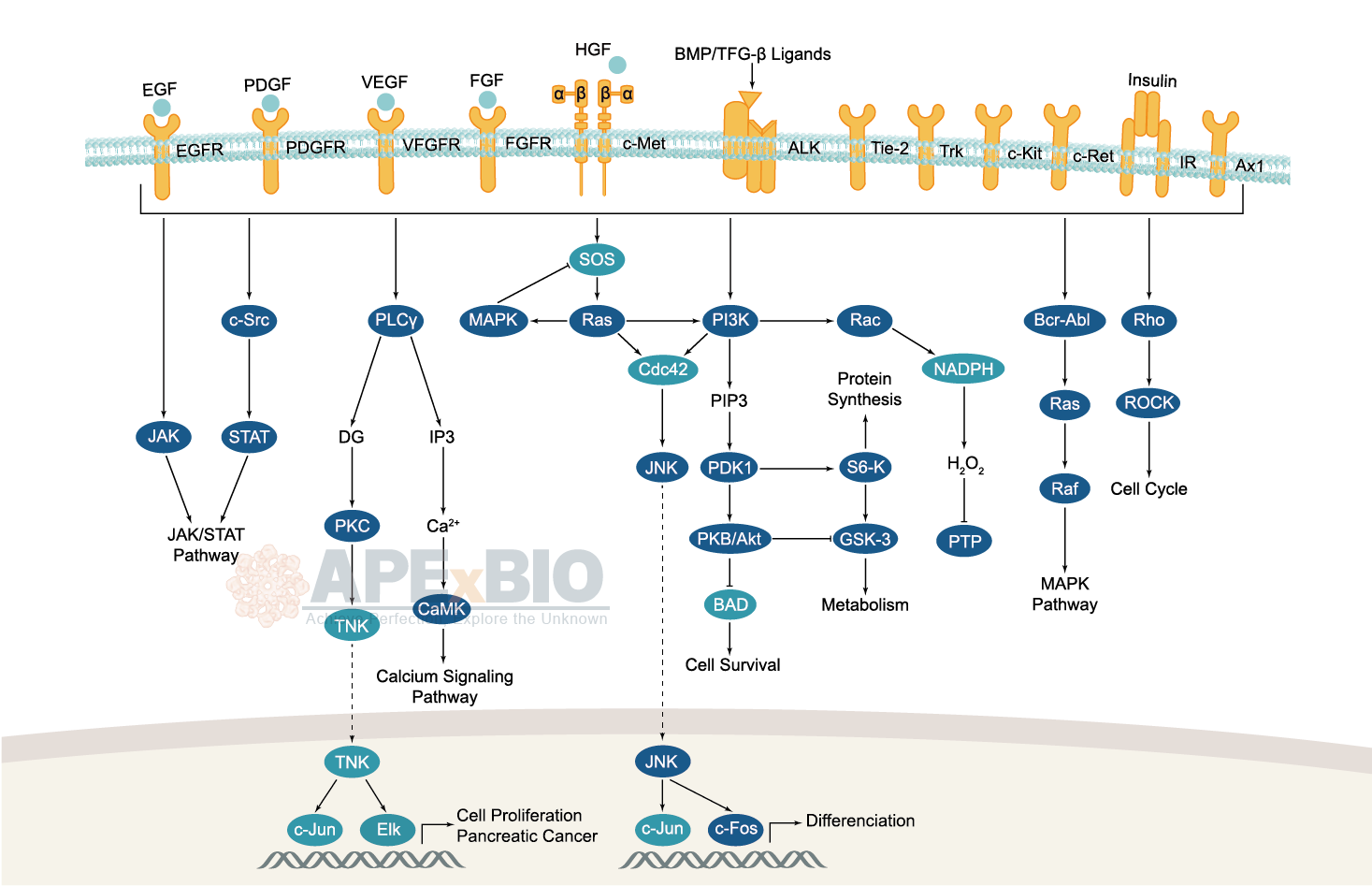
Receptor tyrosine kinases bind to extracellular ligands/growth factors, which promotes receptor dimerization and autophosphorylation of receptor tyrosine residues. This triggers a cascade of downstream events through phosphorylation of intracellular proteins that ultimately transduce the extracellular signal to the nucleus, causing changes in gene expression. Receptor tyrosine kinases include EGFR/ErbB, PDGFR, VEGFR, FGFR and MET subfamilies etc. Dysfunctions in tyrosine phosphorylation are linked to oncogenic transformation. In additions, various adaptor and effector proteins couple to carboxy-terminal of an active kinase. For instance, binding of the GRB2 adaptor protein activates EGFR and MAPK/ERK signaling.
Non-receptor tyrosine kinases involve many well-defined proteins (e.g. the Src family kinases, c-Abl, and Jak kinases) and other kinases which regulates cell growth and differentiation. For example, Src family kinases are curial for activating and inhibitory pathways in the innate immune response.
-
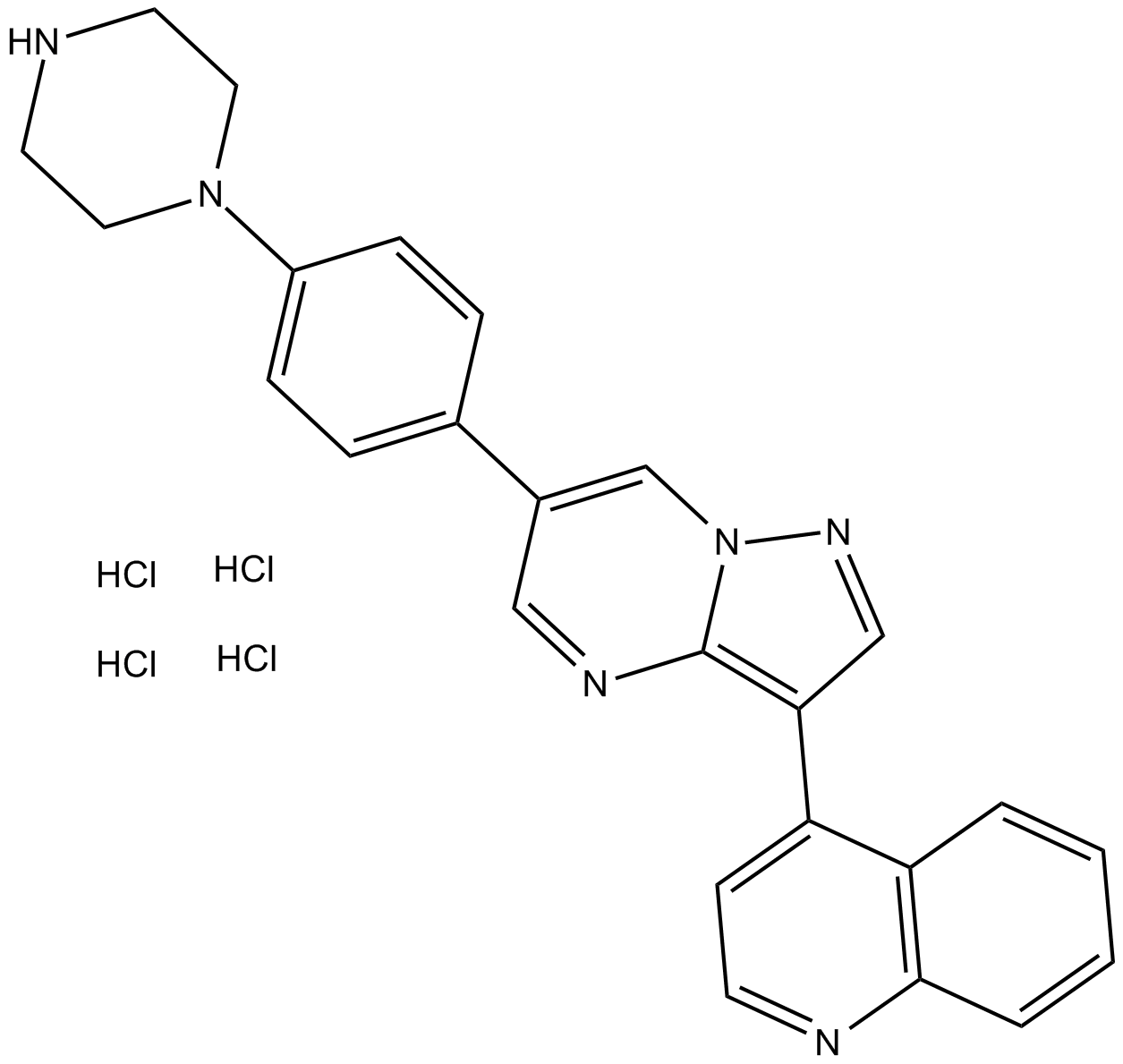 A3545 LDN193189 Hydrochloride1 CitationSummary: ALK inhibitor,potent and selective
A3545 LDN193189 Hydrochloride1 CitationSummary: ALK inhibitor,potent and selective -
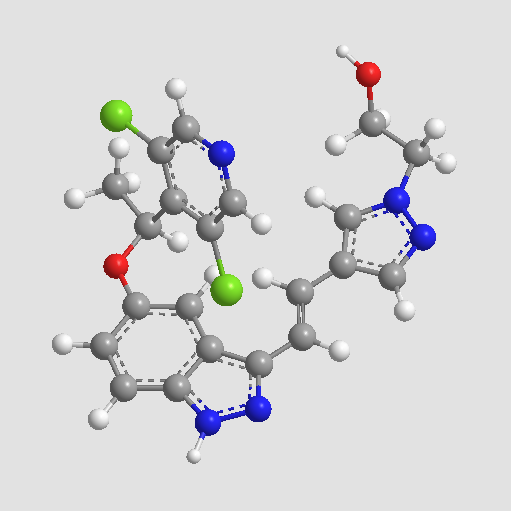 A3576 LY2874455Summary: FGF/FGFR Inhibitor
A3576 LY2874455Summary: FGF/FGFR Inhibitor -
 A3818 SilvestrolSummary: Antineoplastic
A3818 SilvestrolSummary: Antineoplastic -
 A3939 XL228Summary: IGF1R/AURORA /FGFR1-3/ABL/SRC family kinases inhibitor
A3939 XL228Summary: IGF1R/AURORA /FGFR1-3/ABL/SRC family kinases inhibitor -
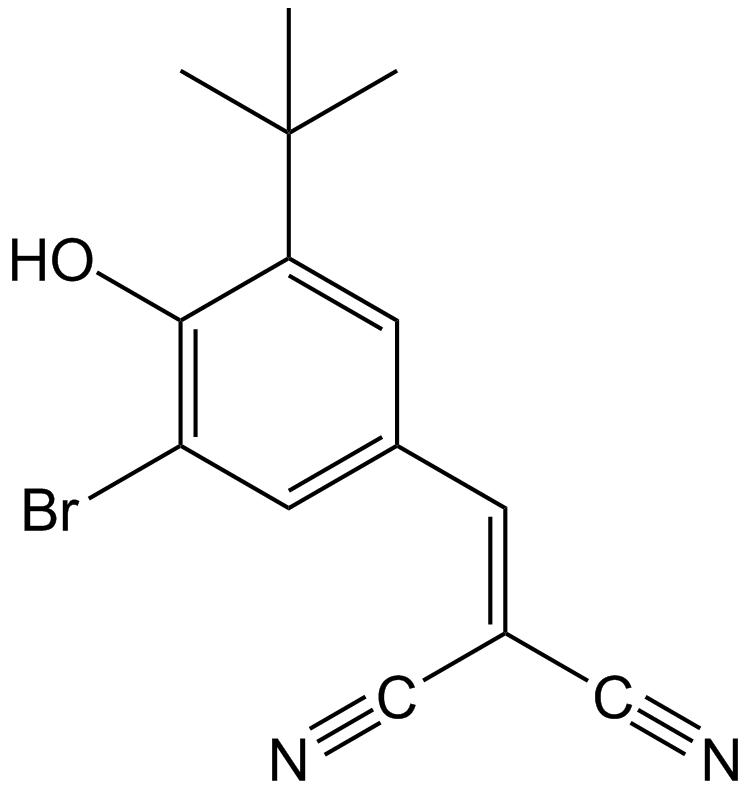 A2673 AG-1024Summary: Selective IGF-1R inhibitor
A2673 AG-1024Summary: Selective IGF-1R inhibitor -
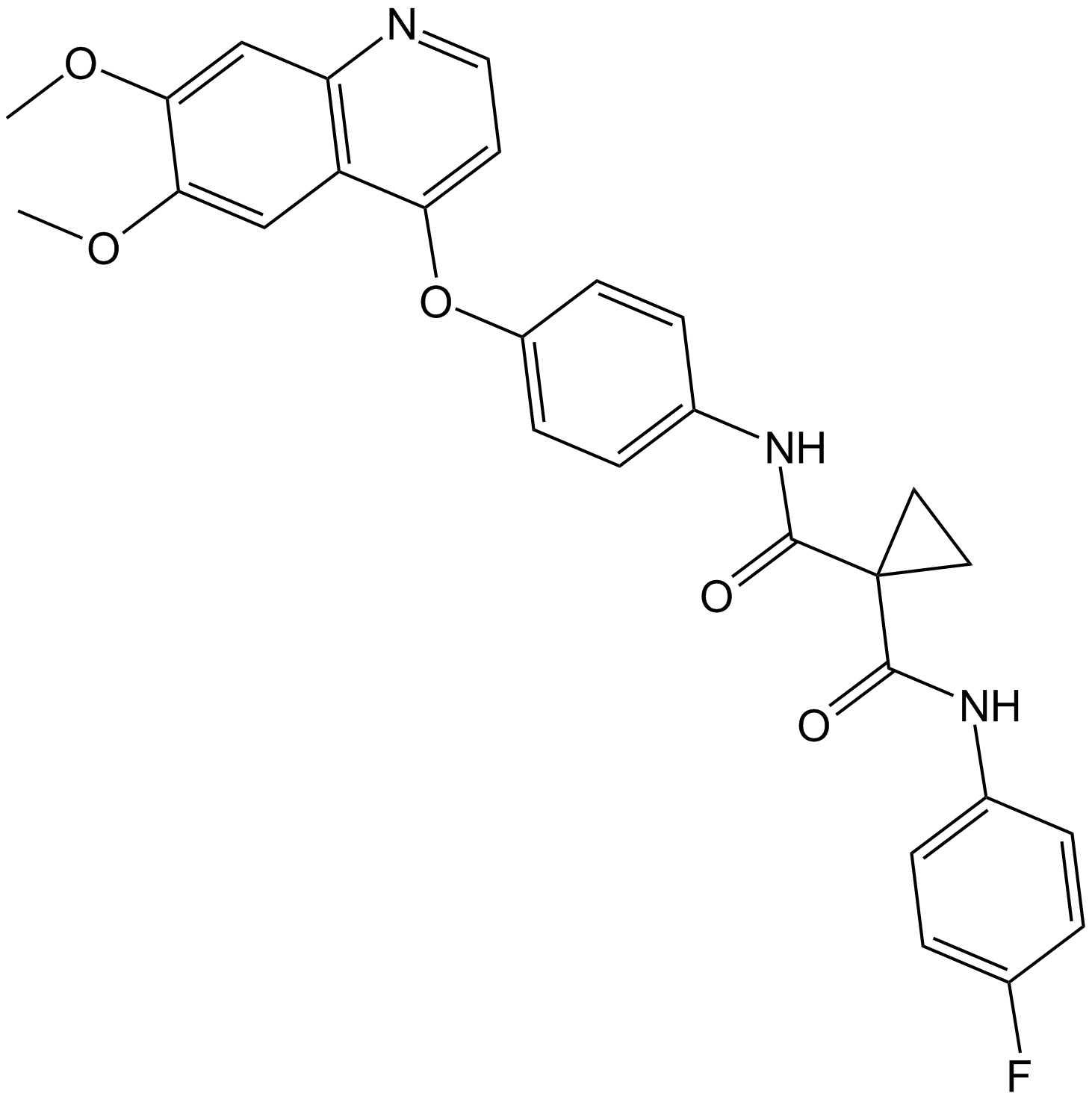 A2977 Cabozantinib (XL184, BMS-907351)Summary: VEGFR2/Met/Ret/Kit/FLT//AXL inhibitor
A2977 Cabozantinib (XL184, BMS-907351)Summary: VEGFR2/Met/Ret/Kit/FLT//AXL inhibitor -
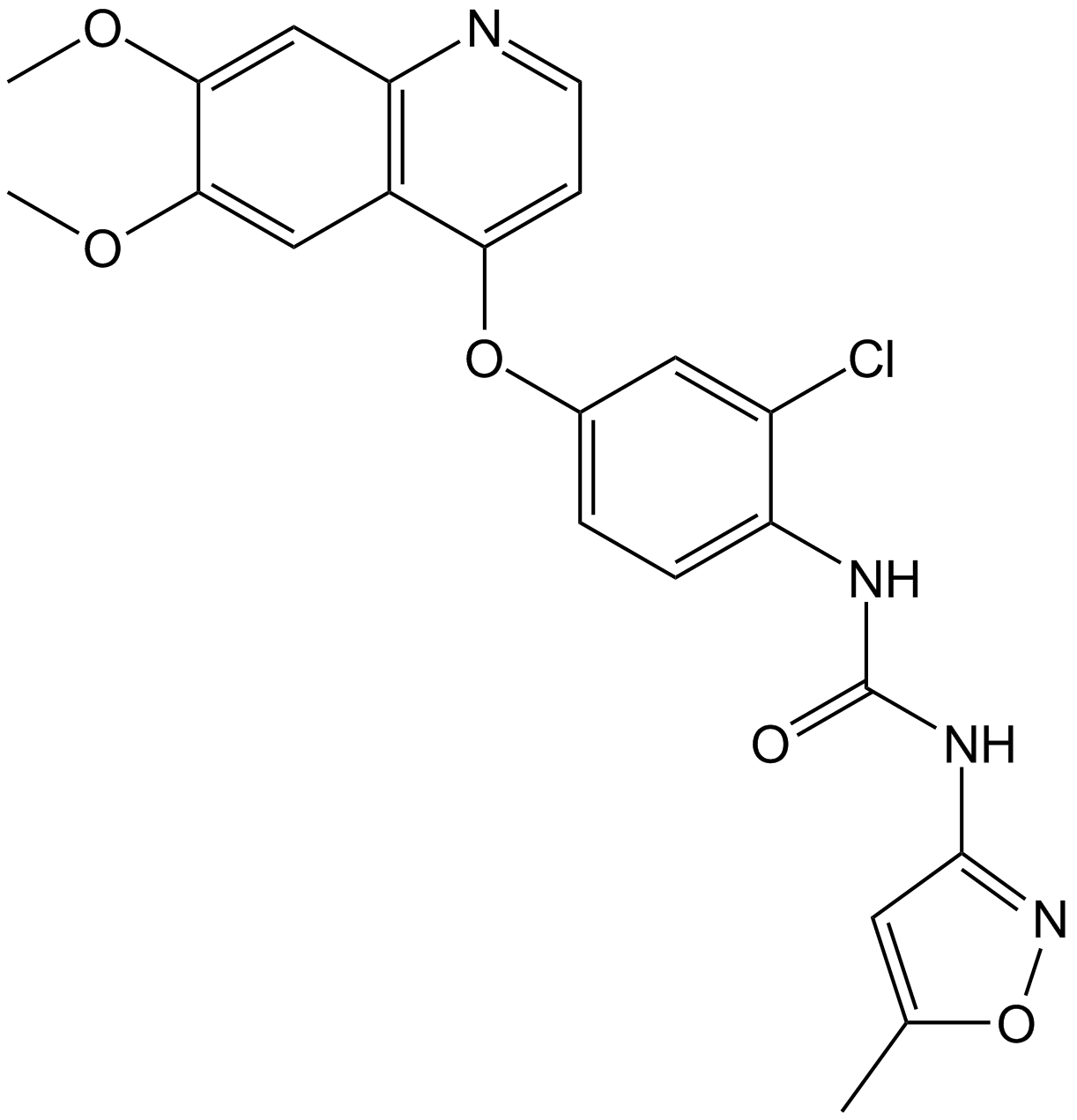 A2251 Tivozanib (AV-951)Target: VEGFRSummary: VEGFR inhibitor,potent and selective
A2251 Tivozanib (AV-951)Target: VEGFRSummary: VEGFR inhibitor,potent and selective -
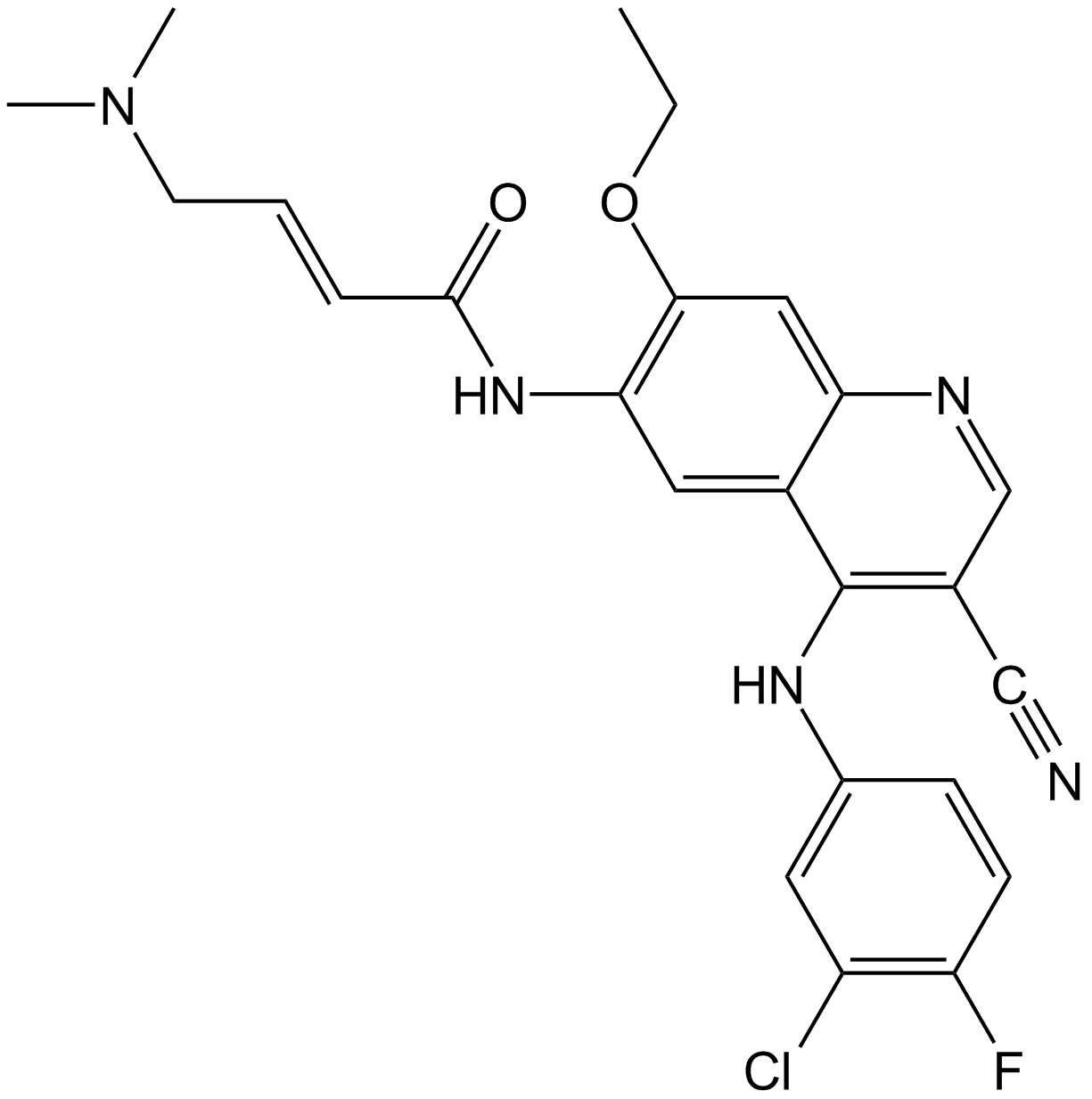 A1835 Pelitinib (EKB-569)Summary: EGFR inhibitor,potent and irreversible
A1835 Pelitinib (EKB-569)Summary: EGFR inhibitor,potent and irreversible -
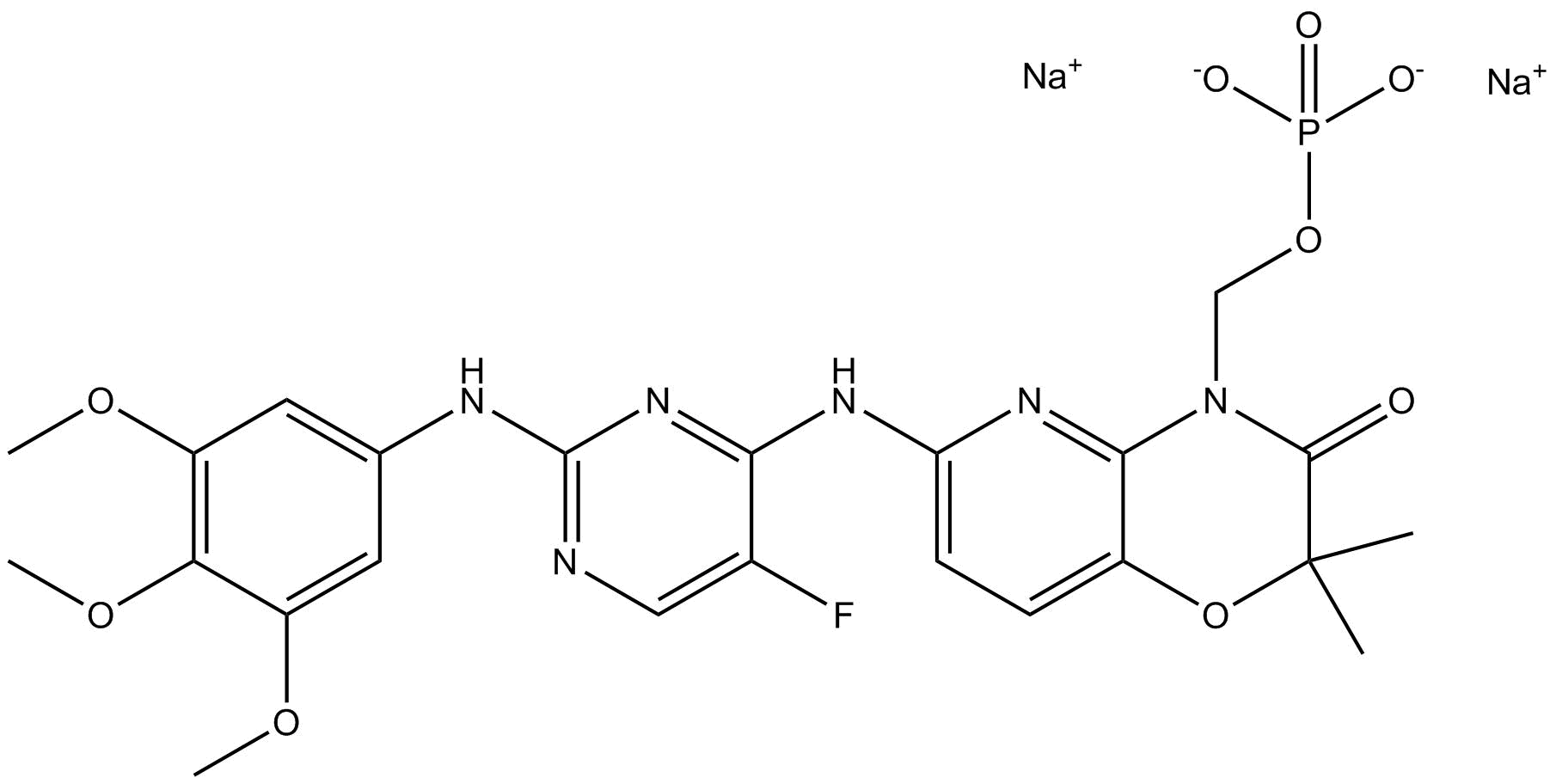 A8332 R788 disodiumTarget: SykSummary: Syk inhibitor,ATP competitive and potent
A8332 R788 disodiumTarget: SykSummary: Syk inhibitor,ATP competitive and potent -
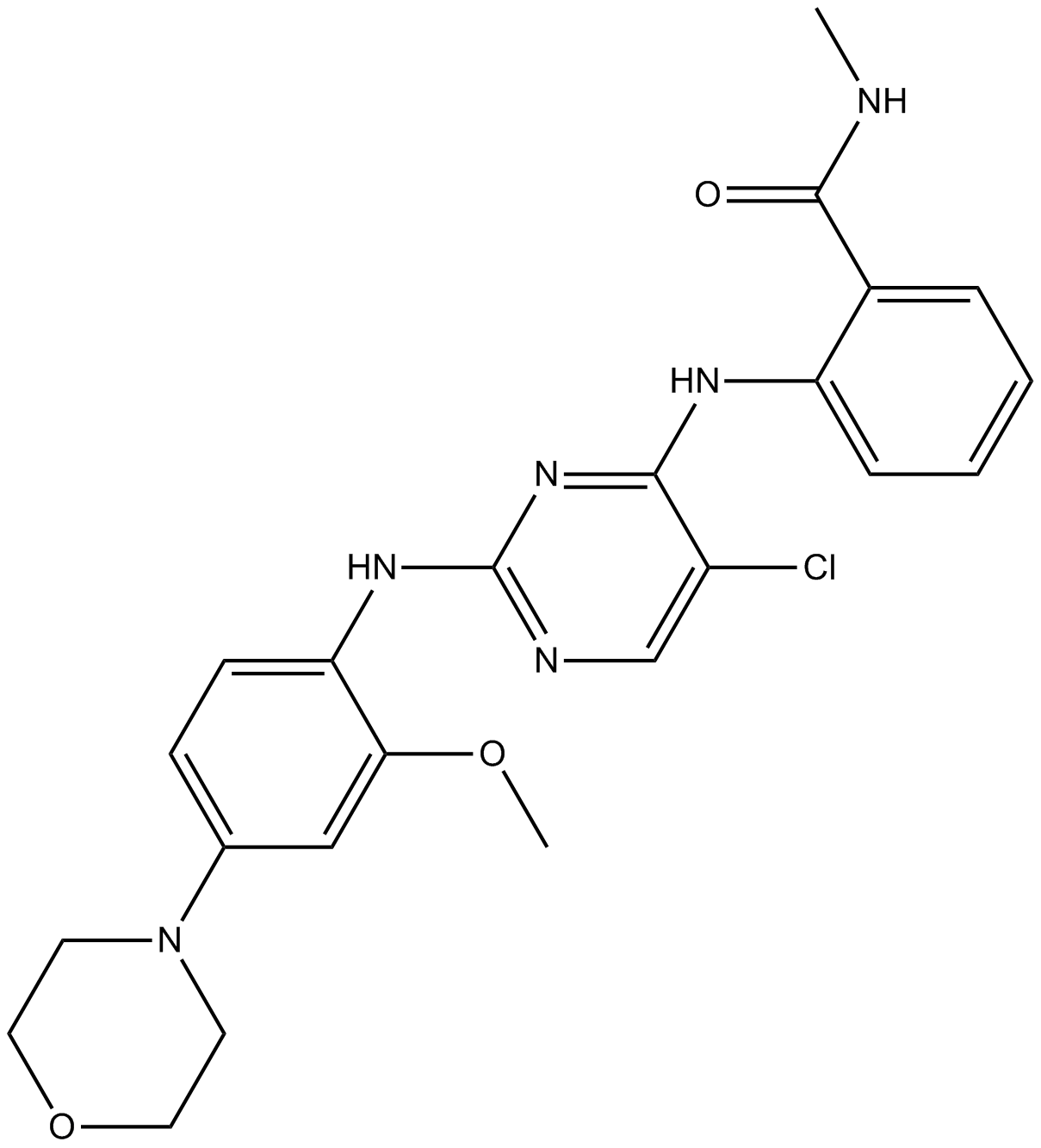 A8557 TAE226 (NVP-TAE226)1 CitationTarget: FAKSummary: FAK inhibitor,potent and ATP-competitive
A8557 TAE226 (NVP-TAE226)1 CitationTarget: FAKSummary: FAK inhibitor,potent and ATP-competitive

